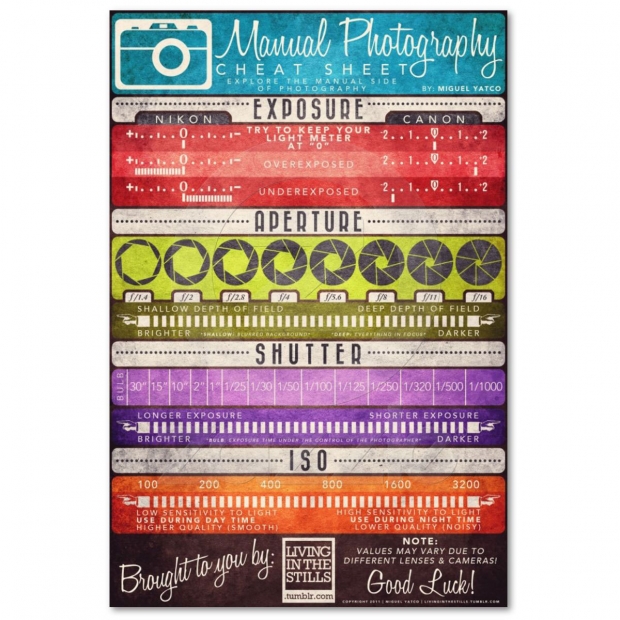Photography Tips For Beginners: Mastering Your Cam In No Time At All
Photography Tips For Beginners: Mastering Your Cam In No Time At All
Blog Article
Web Content Develop By-Barrett Monroe
When you first pick up your camera, it can really feel frustrating with all the settings and alternatives readily available. You might find yourself asking yourself how to navigate aperture, shutter rate, and ISO successfully. Mastering these basics is critical, yet there's more to photography than just technical knowledge. Comprehending make-up strategies and lights problems can elevate your pictures dramatically. So, what happens if you could find out straightforward methods to improve your skills and begin recording outstanding pictures faster than you assume? Let's discover just how to change your photography trip.
Understanding Electronic Camera Settings
Recognizing your camera settings is essential for capturing spectacular photos. When you get your cam, acquaint yourself with the three main setups: aperture, shutter rate, and ISO. Each plays an important function in how your pictures end up.
Start with aperture, which manages the quantity of light going into the lens. A bigger aperture (reduced f-number) allows a lot more light and produces a gorgeous background blur, perfect for portraits. Alternatively, a narrower aperture (higher f-number) keeps even more of the scene in emphasis, ideal for landscapes.
Next, concentrate on shutter speed. This setting identifies how long your camera's sensor is revealed to light. A quick shutter rate ices up motion, which is great for activity shots, while a sluggish shutter speed can develop spectacular impacts like smooth water in landscapes.
Finally, adjust your ISO. This setting affects your camera's level of sensitivity to light. A greater ISO works in low-light situations but can present noise or grain. Go for the most affordable ISO possible while still achieving appropriate exposure.
Structure Techniques
When you're out shooting, structure can make all the difference in just how your pictures resonate with viewers. Start by using https://zenwriting.net/isaiahward/creative-ways-to-market-your-photography-solutions of thirds; visualize your frame split into nine equal areas with two straight and two upright lines. Placement crucial elements along these lines or at their intersections to create balance and passion.
Next, consider leading lines. These natural lines in your scene, like roads or rivers, attract the viewer's eye right into the picture, guiding them via the story you're telling.
Do not forget about mounting; use components within your scene, like trees or windows, to create a framework around your topic, adding depth and emphasis.
Likewise, keep an eye on your background. A messy background can distract from your primary topic, while an easy one helps it stick out.
Lastly, explore https://petapixel.com/2015/03/16/9-photo-composition-tips-as-seen-in-photographs-by-steve-mccurry/ and patterns; they can create a striking photo that records attention.
Mastering Lights Conditions
Understanding illumination conditions is essential for recording sensational photographs, as the appropriate light can change an average scene into something phenomenal.
Start by observing natural light at various times of the day. Early mornings and late afternoons use the very best light, called the gold hour. The soft, warm tones throughout these times can improve your pictures perfectly.
Do not shy away from overcast days either; diffused light can reduce rough shadows and develop a pleasing result, particularly for portraits.
Experiment with backlighting by placing your topic against the light. This technique can produce a fanciful halo effect and add deepness to your photos.
Focus on your video camera settings as well. Readjust the ISO, aperture, and shutter rate to match the lighting problems. A higher ISO can help in low light, yet beware of grain.
Use a tripod in darker environments to avoid blur.
Finally, do not neglect synthetic illumination. Flash and continuous lights can be great tools for managing light in tough problems.
Final thought
In conclusion, mastering your cam doesn't need to be frustrating. By understanding your settings, applying make-up methods, and utilizing the power of natural light, you'll quickly boost your photography skills. Keep in mind, exercise makes best, so get out there and try out your newfound expertise. With time and commitment, you'll be catching spectacular photos that show your unique viewpoint. Delight in the journey, and don't forget to have a good time while you're at it!
